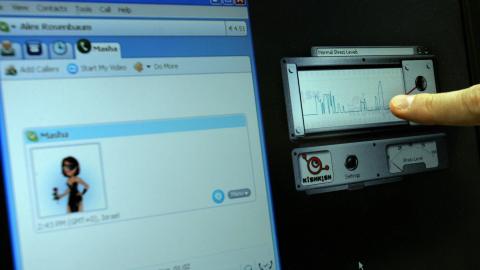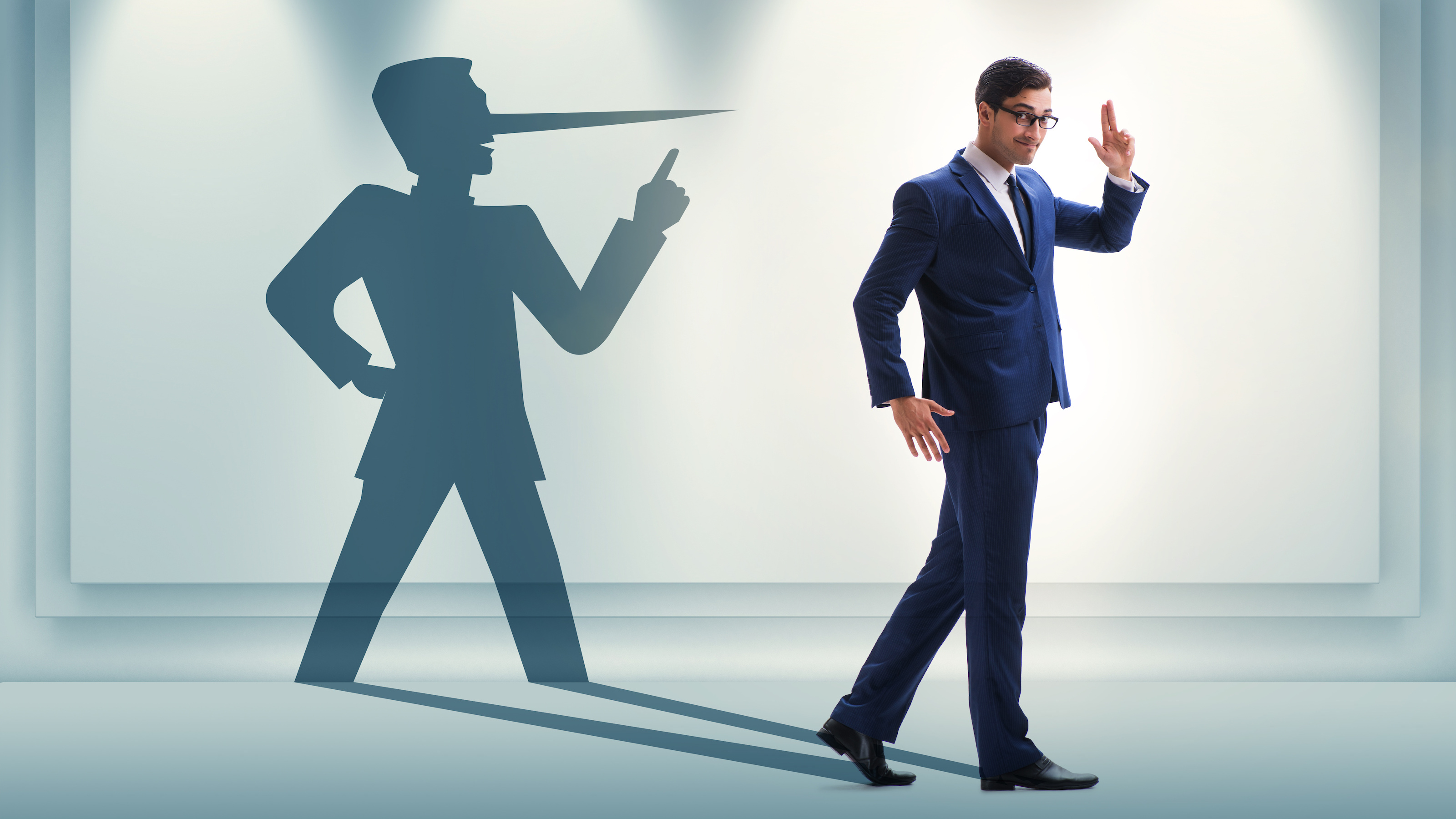You’ve been lied to about how to detect lies. Here’s a simpler way that actually works

- For decades, self-styled “experts,” law enforcement, and even government programs have touted using nonverbal cues to spot liars, despite scientific evidence consistently showing that this doesn’t work.
- A new study demonstrates that simply focusing on the level of detail in a person’s story can be a surprisingly accurate way to detect a lie. The more detail there is, the less likely that a story is fabricated.
- The researchers next plan to validate this method in real-world settings, and they wonder if it could be algorithmically distilled into an AI program.
Every year, thousands of law enforcement officers are trained by self-styled “experts” in the art of detecting lies. Most rely on nonverbal cues to spot fibbers. One of these trainers apparently taught attendees about “the seven universal facial expressions that all people have all over the world as a good indicator” of lying.
There’s just one problem with this commonplace practice.
“It’s completely bogus,” Jeff Kukucka, an assistant professor of psychology and law at Towson University who specializes in interrogations and false confessions, told The Intercept. “And what’s maybe more alarming about it… is that this isn’t new. We’ve known for quite a while that this stuff doesn’t work, but it’s still being peddled as if it does.”
Lying lie detectors
The initial hypothesis behind using body language to spot lies wasn’t altogether terrible. The idea was that lying evokes strong emotions, like guilt, anxiety, or even excitement, that would be difficult to physically contain, trapping liars into behaviors like vocal pauses, wild hand movements, blinking, fidgeting, and averting their gaze. But after decades of research, the evidence hasn’t backed up using body cues as lie detectors.
But again, that hasn’t stopped the aforementioned “experts” from peddling them. Heck, you can even purchase online courses on spotting lies from these hucksters. Even worse, American tax dollars are already funding their unscientific methods.
After 9/11, the federal government launched the $900-million Screening Passengers by Observation Technique (SPOT) program to train Transportation Security Administration (TSA) agents to identify suspicious individuals and people who may be lying, focusing on 92 body and behavioral cues ranging from yawning and whistling to excessive staring and fidgeting.
“This is nonsensical,” Bruno Verschuere, an associate professor of forensic psychology at the University of Amsterdam, said in a statement. “People can’t assess all those signals in a short time, let alone integrate multiple signals into an accurate and truthful judgment.”
A simpler lie detector
Verschuere and his colleagues at the University of Amsterdam’s LieLab recently published a study roundly critical of using numerous behavioral and body cues to discern lies. They also tested and offered a far simpler method that relies on just a single data point: the level of detail in a person’s story.
The idea is that people telling the truth can typically provide more in-depth description because they actually experienced the event or subject they’re talking about. Liars could try to invent details to make their deception more believable, but it’s a risk because they could get caught in their own lies or offer up a detail that could be debunked.
In a series of nine experiments, Verschuere and his colleagues had 1,445 participants try to gauge whether various handwritten statements, video transcripts, video interviews, or live interviews were truths or lies. In some situations, subjects were told to use various behavioral and physical cues to determine fact from fiction, while in others, subjects were simply asked to base their decision on the level of detail presented. The truths and lies were created by a group of students, some of whom were instructed to steal an exam from a locker, while others were told simply to spend 30 minutes milling around campus. Afterwards, both groups were tasked with saying that they hung around campus.
Subjects told to use the numerous behavioral cues were able to detect lies at a rate equal to chance or slightly above, while subjects who went off the level of detail were accurate between 59% and 79% of the time — an impressive showing, and potentially superior to the science-based “cognitive load model,” in which interviewers try to overload possible liars with tasks and questions to make it harder for them to coherently weave their fables.
Could AI detect lies?
The researchers next plan to validate their method in real-world settings, and they wonder if it could be algorithmically distilled into an AI program.
“As humans detect deception quite poorly, it is tempting to test whether artificial intelligence tools could outperform humans in the detection of deception. Indeed, it would be exciting to set up a competition between humans and computers to study whether and when artificial intelligence might outperform humans using heuristics,” they wrote.





